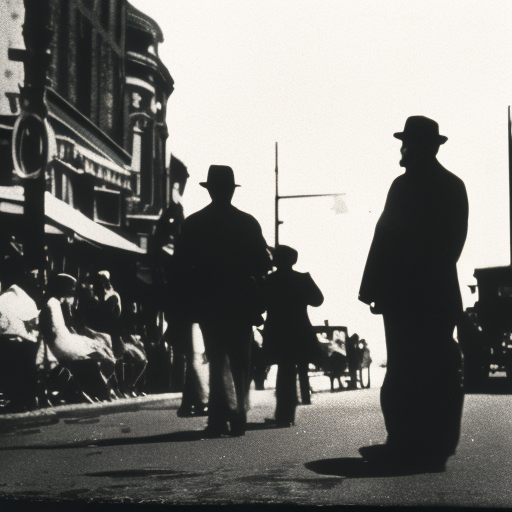The Harlem Renaissance: A Cultural and Artistic Movement
The Harlem Renaissance was a cultural and artistic movement that took place in the 1920s and 1930s in Harlem, New York City. It was a period of immense creativity and intellectual growth for African Americans, who sought to express their identity and challenge racial stereotypes through various forms of art, literature, music, and theater.
Background and Context
The Harlem Renaissance emerged as a response to the social and political conditions faced by African Americans in the early 20th century. The Great Migration, which saw millions of African Americans move from the rural South to urban areas in the North, brought about a significant demographic shift. Harlem, in particular, became a hub for African American culture, attracting artists, writers, musicians, and intellectuals.
Art and Literature
During the Harlem Renaissance, African American artists and writers sought to redefine the perception of black identity and challenge racial stereotypes. They celebrated African American culture and heritage, exploring themes of racial pride, identity, and the experiences of black Americans. Notable figures such as Langston Hughes, Zora Neale Hurston, and Claude McKay emerged during this period, producing influential works of literature that captured the spirit and struggles of the African American community.
Music and Performance
Jazz, a uniquely American art form, played a central role in the Harlem Renaissance. Musicians like Louis Armstrong, Duke Ellington, and Bessie Smith became icons of the era, using their music to express the joys and sorrows of African American life. The Cotton Club, a famous nightclub in Harlem, became a symbol of the vibrant jazz scene and attracted both black and white audiences.
In addition to jazz, other forms of music such as blues, gospel, and spirituals also flourished during this time. These musical genres provided a platform for African Americans to express their emotions and experiences, while also influencing the broader American music landscape.
Visual Arts and Theater
The visual arts also experienced a renaissance during this period, with artists like Aaron Douglas and Jacob Lawrence using their work to depict the African American experience. Their paintings and murals showcased the struggles, achievements, and aspirations of the black community, challenging prevailing stereotypes and promoting racial pride.
Theater also played a significant role in the Harlem Renaissance, with the establishment of the Lafayette Theater and the Harlem Experimental Theater. These venues provided opportunities for African American playwrights, actors, and directors to showcase their talents and tell stories that reflected their experiences.
Legacy and Impact
The Harlem Renaissance had a profound impact on American culture and society. It challenged prevailing notions of race and identity, paving the way for future civil rights movements. The artistic and intellectual achievements of the era laid the foundation for the Black Arts Movement of the 1960s and 1970s, which sought to further explore and celebrate African American culture.
The Harlem Renaissance also contributed to the broader cultural landscape of the United States. It brought African American art, literature, and music into the mainstream, influencing subsequent generations of artists and musicians. The movement’s emphasis on racial pride and self-expression continues to resonate today, inspiring ongoing efforts to promote diversity and inclusivity in the arts.
In conclusion, the Harlem Renaissance was a transformative period in American history, characterized by a flourishing of African American art, literature, music, and theater. It provided a platform for African Americans to express their identity, challenge racial stereotypes, and celebrate their culture. The movement’s impact continues to be felt today, as it remains an important chapter in the ongoing struggle for equality and recognition.












